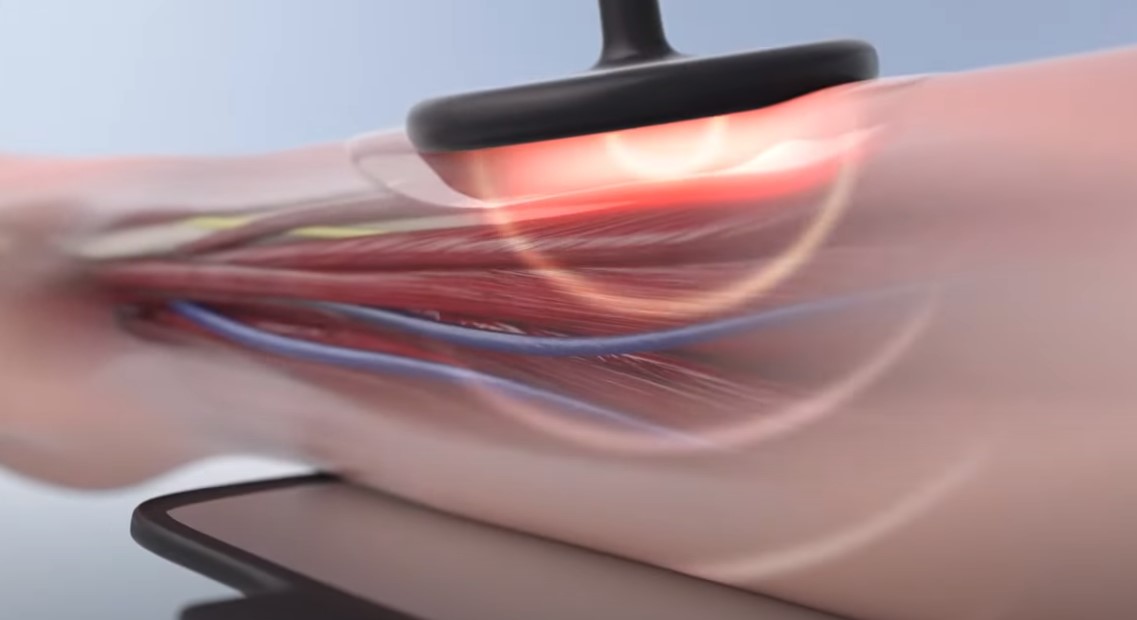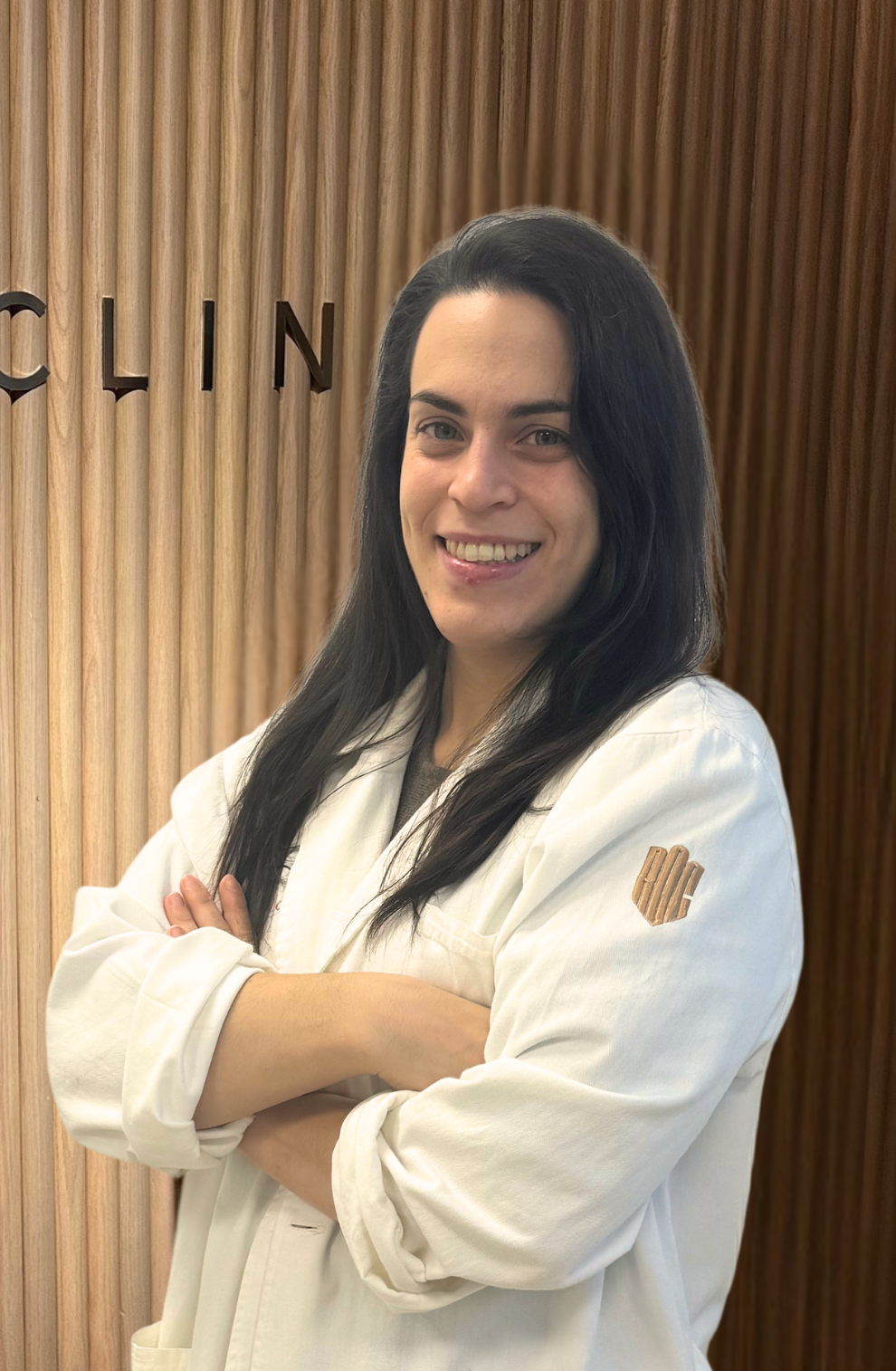Indiba
Indiba therapy (Monopolar Capacitive / Resistive Radiofrequency at 448 kHz) is a non-invasive and innocuous electrothermal technique based on the application of electric currents that induces hyperthermia (temperature increase) in the treated tissues.


What is Indiba?
In urology, it is mainly used for the treatment of abacterial prostatitis in men and pelvic floor disorders in men and women, but it also has other applications in the treatment of surgical scars, Peyronie's disease, painful ejaculation syndrome and other pelvic pain syndromes.
Treatment of abacterial prostatitis or chronic pelvic pain syndrome with INDIBA
Symptoms related to prostatitis represent one of the most frequent diagnoses in men under 50 years of age attending a Urology consultation. Up to 10% of the male population may present symptoms related to this syndrome at some point in their lives, with an estimated overall prevalence of up to 7.1% of the male population.
There are 4 types of prostatitis:
- Acute bacterial.
- Chronic bacterial.
- Chronic abacterial or chronic pelvic pain syndrome (CP/CPPS). Chronic abacterial prostatitis is defined as the presence of pelvic pain for at least three of the last six months, when no other possible underlying causes have been identified. Other symptoms include bladder emptying difficulties, pain with ejaculation and hematospermia (presence of blood in the ejaculate). Affected males have a significant decrease in quality of life and pelvic pain is strongly associated with sexual dysfunction, even in younger patients.
- Asymptomatic inflammatory.
Indiba therapy is used to treat prostatitis of the chronic abacterial type or chronic pelvic pain syndrome.
Historically, multiple possible treatments for chronic abacterial prostatitis have been described, ranging from oral antibiotic and anti-inflammatory treatments to more complex therapies such as transrectal thermotherapy, but it is currently unclear which sequence of treatments are ideal for treating this disease.
Currently, there are other therapeutic options such as low-intensity shock wave therapy (ESWT), pelvic floor physiotherapy, or Indiba therapy. The latter, in addition to being used for the treatment of chronic abacterial prostatitis, has proven to be effective for other chronic conditions such as osteoarthritis, tendinopathies and Peyronie's disease, with a significant decrease in pain and inflammation and an improvement in tissue extensibility thanks to its thermal effects.
No side effects derived from the application of Indiba at the intensity and dosage recommended by the manufacturer have been described, beyond skin reddening or sensation of heat during its administration.
INDIBA's clinically proven 448 kHz frequency brings a variety of benefits:
- It provides an analgesic effect.
- Increases the volume and intensity of deep blood flow within the body.
- Increases oxygen and nutrient delivery.
- Increases tissue temperature.
- Increases metabolism.
- Decreases inflammation.
- Normalizes cell function by restoring cell membrane potential.
- Stimulates stem cell proliferation.
- Achieves ionic balance.
Monopolar Capacitive / Resistive Radiofrequency Therapy at 448 kHz with Indiba is used in clinical practice in patients with chronic abacterial prostatitis due to its microcirculatory, analgesic and anti-inflammatory effect, both in the prostate and in the urethral area and pelvic floor.
Pelvic floor treatment with INDIBA
The pelvic floor is a set of muscles, tissues and ligaments located at the base of the abdomen. Its function is to maintain the pelvic organs (bladder, urethra, uterus, vagina, prostate, seminal vesicles, rectum, anal canal and sphincteric apparatus) in the correct position.
The pelvic floor is supported at one end by the sacrum and at the other by the pubis. It is a structure that is adaptable to movement and changes in posture while maintaining its proper tension.
This structure can be weakened, especially in women, due to factors associated with age, pregnancy, childbirth, postpartum, high-impact sports and chronic constipation. For this reason, it is important to exercise and take care of the pelvic floor to avoid problems such as urinary or fecal incontinence, prolapse (bulging or sagging of the rectum or vagina), sexual dysfunction or low back or pelvic pain.
If any of these symptoms are present, it is important to see a specialist as soon as possible to avoid aggravating the problem. In the diagnostic process, the specialist will carry out an examination to determine the state of the abdominal musculature, the possible existence of diastasis, the tone of the diaphragm, the perineal reflexes, the capacity of contraction and relaxation of the musculature, as well as the state of the hips, pelvis and pubic symphysis.
To treat the affected area, the specialist may recommend a therapy that combines pelvic floor muscle training (also called Kegel exercises), strengthening of the abdominal wall, manual therapy and Indiba application to help nourish and regenerate cellular tissues, favoring their oxygenation, hydration, vascularization and elasticity, as well as the reorganization of collagen and elastin fibers.
Cellular stimulation with INDIBA is a non-invasive and totally safe treatment that is applied in several sessions. It can be administered externally or intracavitary with an elongated electrode that is inserted through the vagina or anus, reducing recovery times and considerably improving the quality of life of the affected person:
- Recovery from muscle tears and episiotomies.
- Scar recovery after cesarean section.
- The pelvic muscles improve their contraction and relaxation capacity.
- Reduction of pelvic pain.
- Improvement of vaginal dryness, frequent especially during menopause.
- Recovery of anal fissures and hemorrhoids.
If the skin is damaged by wounds, burns or thrombophlebitis, it is not recommended. In the case of patients with pacemakers or electronic transplants, prior consultation with the specialist is indicated.
- It is simple and reliable.
- It is a non-invasive method.
- It provides an analgesic effect.
- Increases tissue elasticity and oxygenation.
- Decreases inflammation.
- Contraindicated for patients with pacemakers or electronic transplants.
Newsof ROC Clinic in Indiba
Research
Da Vinci and Hugo RAS Platforms for robot-assisted partial nephrectomy: a preliminary prospective comparative analysis of the outcomes.
They ask us in the Consultation
In which cases is Indiba contraindicated?
Indiba is contraindicated in case of wounds, skin burns, as well as in patients with thrombophlebitis, pacemakers or electronic implants and pregnant women. It is essential that Indiba therapy be administered by a trained professional, who will evaluate each patient's specific situation and determine the suitability of the treatment. It is always advisable to inform the therapist of any medical condition or implanted device before starting therapy.
How long does it take for the pelvic floor to recover with Indiba?
The recovery of the pelvic floor with Indiba requires a lot of perseverance and patience. Although recovery will depend on each person and particular case, in general, an improvement can be seen after six months of treatment, and may extend up to a year in some cases. Consistency and following medical indications are key to achieve satisfactory results. You can also combine Indiba pelvic floor treatment with Kegel exercises to accelerate the recovery process and improve pelvic health.
Team of the Indiba unit


 +34 912 627 104
+34 912 627 104 Contact
Contact










